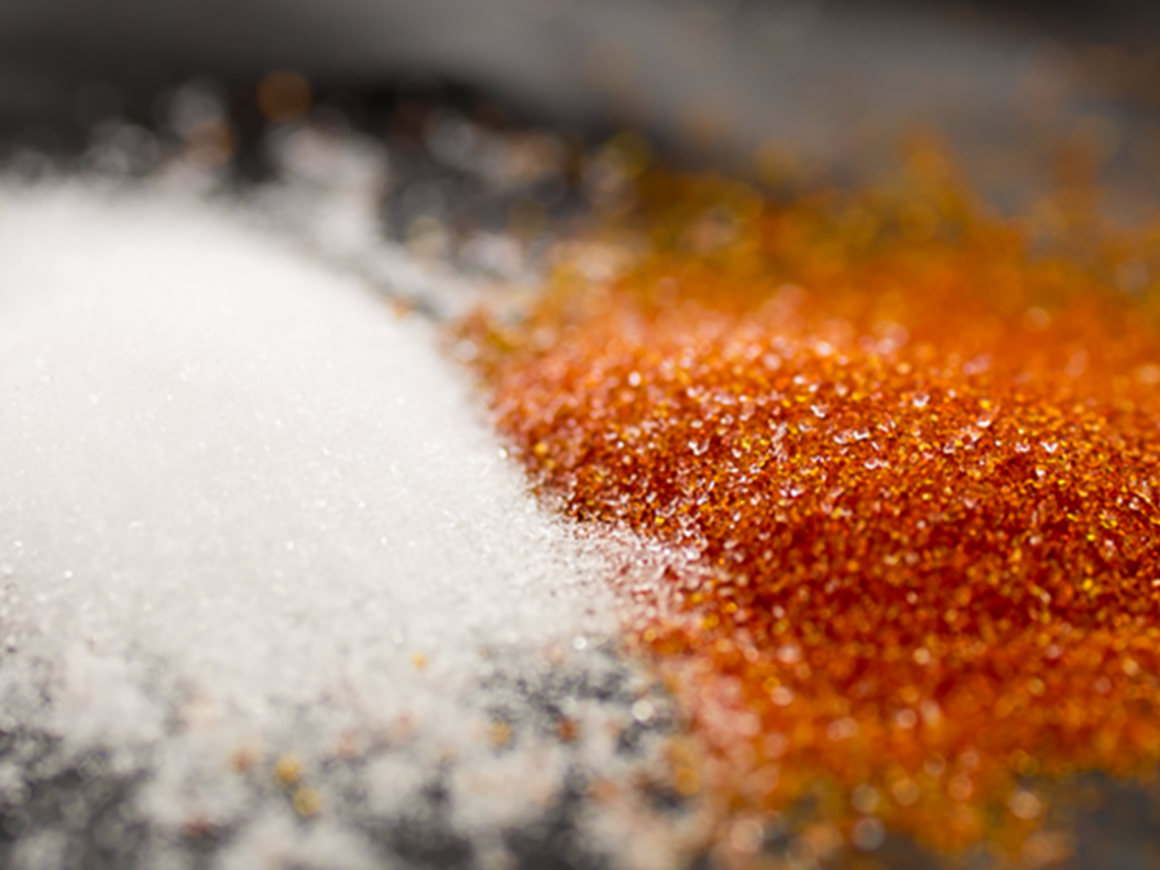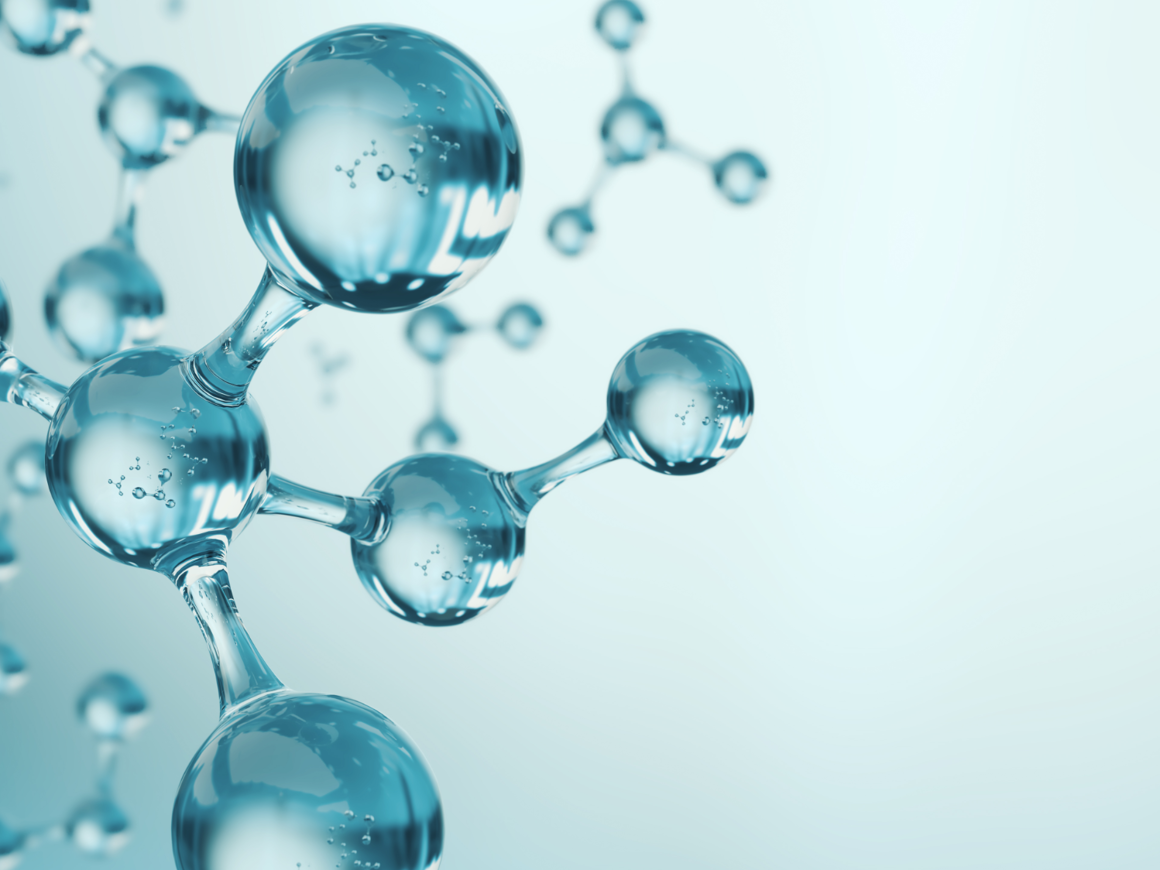Reactor engineering
Heterogeneous manufacturing processes based on chemical reactions, biochemical transformations and adsorption, which inherently involve both a solid and a liquid phase, are associated with several technical challenges. One of the most difficult issues is achieving contact between the reagents in the two phases – a phenomenon known as mass transfer limitation. The reagents in the liquid phase must be brought to an active site on the solid phase through transport of the liquid medium relative to the solid particle. In absence of any stirring to create convective flow, this transport only takes the form of diffusion, which is a very slow process. The mass transport is therefore increased in laboratories and production facilities by means of a suitably designed reactor.
Reactor types
The traditional and perhaps most common way to deal with mass transport limitations is a stirred tank reactor (STR). In the STR a two-phase slurry of particles in suspension is stirred using an agitator. This generates a convective flow in the reactor which increases the relative transport of the liquid phase and solid particles, bringing reactants together at a higher rate than if left only to diffusion. The agitator also improves the mixing time of the reactor, being the time taken to disperse any concentration gradients in the liquid bulk that arise due to the local generation or removal of chemical species at the reaction sites. However, the STR may cause physical damage to the solid phase as the particles collide with the agitator and each other. These collisions often lead to grinding of the particles, producing fines that are hard to remove and limit the ability to reuse the solid material. For most applications, the STR thus introduces a need for filtration after the reaction is completed.
A gentler treatment takes place in a packed column, also known as a fixed bed reactor (FBR). Here the solid phase is packed in a stationary bed through which the liquid phase is then pumped. Grinding is then eliminated as there is no relative motion between any solid bodies. Still, associated with the FBR is a back pressure that increases with liquid viscosity and flow rate among other parameters. To avoid slow percolation of viscous liquids through the packed bed, powerful pumps and strong particles that can withstand immense pressures are required for operation of FBR.
Rotating bed reactors
A rotating bed reactor (RBR) is a modern alternative to the traditional reactor types. The solid phase is loaded into the RBR and kept in place by filters that allow the liquid medium to pass through. The RBR is rotated within the reaction vessel containing the liquid which then passes through the RBR due to inertial forces. By keeping the solid phase fixed within the RBR it is protected from grinding. The flow rate, controlled by the rotational speed, can also become many times greater than in a typical column of corresponding volume. This leads to significantly greater reaction rates in mass transport limited cases. Moreover, each fluid parcel will have many passages through the RBR, providing the reagents with plenty of time to react with the solid phase in applications limited by chemical kinetics. Since the solid phase is contained within the RBR it may also be regenerated or reused in-situ for another reaction step without any time-consuming filtration in between.













































